Related Research Articles

Coologe is a townland in the civil parish of Templeport, County Cavan, Ireland. It lies in the Roman Catholic parish of Templeport and barony of Tullyhaw.

Derrycassan (from Irish Doire an Cásain meaning either the "Path through the Oakwood" or "Cassan's Oakwood" is a townland in the civil parish of Templeport, County Cavan, Ireland. It lies in the Roman Catholic parish of Templeport and barony of Tullyhaw. The local pronunciation is Dorrahasson.
Toberlyan Duffin (Toberlyan = Irish derived place name usually given as Tobar Laighin, meaning either 'St Leynie's Well' or "The Well of the Spear" but probably more correctly either Tobar Lann, meaning the 'Well of the Church', or Tobar Linn, meaning the 'Well of the Pool' or Tobar Loin, meaning the 'Well of the High Wet Mountain Flat'. Duffin is usually given as meaning 'belonging to the Duffin family' but the earliest spelling is Dufferagh which probably means Dubh Rath meaning 'The Black Fort' is a townland in the civil parish of Templeport, County Cavan, Ireland. It lies in the Roman Catholic parish of Templeport and barony of Tullyhaw.

Corran is a townland in the civil parish of Templeport, County Cavan, Ireland. It lies in the Roman Catholic parish of Templeport and the barony of Tullyhaw.
Ray is a townland in the civil parish of Templeport, County Cavan, Ireland. It lies in the Roman Catholic parish of Templeport and barony of Tullyhaw.
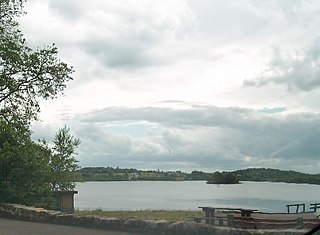
Brackley is a townland in the civil parish of Templeport, County Cavan, Ireland. It lies in the Roman Catholic parish of Templeport and barony of Tullyhaw.
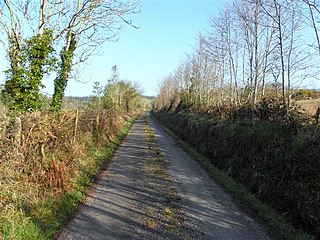
Killycrin is a townland in the civil parish of Templeport, County Cavan, Ireland. It lies in the Roman Catholic parish of Templeport and barony of Tullyhaw.
Cor is a townland in the civil parish of Templeport, County Cavan, Ireland. It lies in the Roman Catholic parish of Templeport and barony of Tullyhaw.
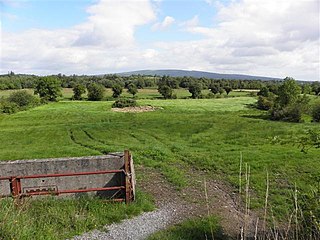
Boley is a townland in the civil parish of Templeport, County Cavan, Ireland. It lies in the Roman Catholic parish of Templeport and barony of Tullyhaw.
Cloncurkney is a townland in the civil parish of Templeport, County Cavan, Ireland. It lies in the Roman Catholic parish of Templeport and barony of Tullyhaw.
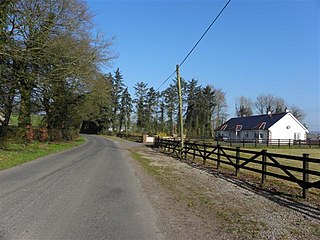
Mullaghmore is a townland in the civil parish of Templeport, County Cavan, Ireland. It lies in the Roman Catholic parish of Templeport and barony of Tullyhaw.

Killywaum is a townland in the civil parish of Templeport, County Cavan, Ireland. It lies in the Roman Catholic parish of Templeport and barony of Tullyhaw.

Erraran (from Irish Airearan, meaning 'Land bordering a Lake' is a townland in the civil parish of Templeport, County Cavan, Ireland. It lies in the Roman Catholic parish of Templeport and barony of Tullyhaw.
Mullaghlea is a townland in the civil parish of Templeport, County Cavan, Ireland. It lies in the Roman Catholic parish of Templeport and barony of Tullyhaw.
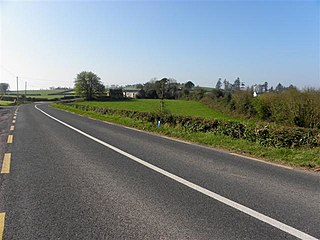
Gortnaleck is a townland in the civil parish of Templeport, County Cavan, Ireland. It lies in the Roman Catholic parish of Templeport and barony of Tullyhaw.

Derrymony is a townland in the civil parish of Templeport, County Cavan, Ireland. It lies in the Roman Catholic parish of Templeport and barony of Tullyhaw.
Rosehill is a townland in the civil parish of Templeport, County Cavan, Ireland. It lies in the Roman Catholic parish of Templeport and barony of Tullyhaw.
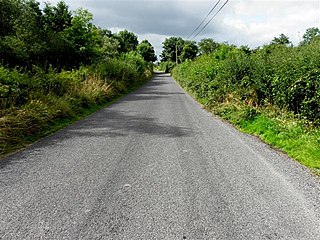
Gowlagh South is a townland in the civil parish of Templeport, County Cavan, Ireland. It lies in the Roman Catholic parish of Templeport and barony of Tullyhaw.

Derrynacreeve is a townland in the civil parish of Templeport, County Cavan, Ireland. It lies in the Roman Catholic parish of Corlough and barony of Tullyhaw.
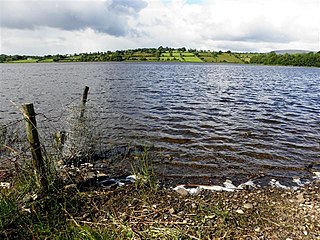
Prospect is a townland in the civil parish of Templeport, County Cavan, Ireland. It lies in the Roman Catholic parish of Corlough and barony of Tullyhaw.
References
- ↑ "IreAtlas" . Retrieved 29 February 2012.
- ↑ Hill, George (11 April 1877). An Historical Account of the Plantation in Ulster at the Commencement of the Seventeenth Century, 1608-1620. M'Caw, Stevenson & Orr. ISBN 9785876338280 – via Google Books.
- 1 2 "List of the Several Baronies and Parishes in de County of Cavan" (PDF). www.cavanlibrary.ie. Archived from the original (PDF) on 10 March 2022.
- ↑ "Commissioners of Public Records in Ireland : fourteenth and fifteenth reports with appendix, 1824-25". HMSO. 11 April 1825 – via Internet Archive.
- ↑ "Genealogy Brick Walls - Person Page". www.heatonbrown.com.
- ↑ "Tithe Applotment Books 1827". titheapplotmentbooks.nationalarchives.ie.
- ↑ "Townland of Toberlyan" (PDF). nationalarchives.ie. Retrieved 1 March 2021.
- ↑ "The Townland of Toberlyan" (PDF). census.nationalarchives.ie.
- ↑ "Griffith Valuation - Toberlyan".
- ↑ "The Irish Law Times and Solicitors' Journal". John Falconer. 11 April 1871 – via Google Books.
- ↑ "Houses in Toberlion (Lisanover, Cavan) in 1901". www.census.nationalarchives.ie.
- ↑ "Houses in Toberlion (Lisanover, Cavan) in 1911". www.census.nationalarchives.ie.
- ↑ Site numbers 90 and 91 in "Archaeological Inventory of County Cavan", Patrick O’Donovan, 1995, where they are described as- Formerly sited on the W slope of a drumlin ridge. Original location of a large irregular boulder said to have been in a recumbent position (local information). At the time of this field report it was lying in a quarry c. 120m to S and Formerly sited on the SE slope of a drumlin ridge. Original location of a large irregular boulder said to have been in a recumbent position (local information) and when last visited was lying in a quarry c. 80m to NW.
- 1 2 3 White, Kevin (January 2013). "The Plain of Blood, A Study of the Ritual Landscape of Magh Slecht, Co. Cavan" – via www.academia.edu.
- ↑ Site number 118 in "Archaeological Inventory of County Cavan", Patrick O’Donovan, 1995, where it is described as- Marked 'Fort' on OS 1836 and 1876 eds. Sited on the WSW slope of a prominent drumlin ridge. Levelled in the early 1960s. The outline of the site was still identifiable in 1969 (OPW 1969). It apparently comprised a small raised subcircular area (int. dims. 8.7m E-W; 7.1m N-S) enclosed by a low earthen bank with possible traces of a shallow external fosse. There was a break in the bank at NNE (local information). Not visible at ground level.
